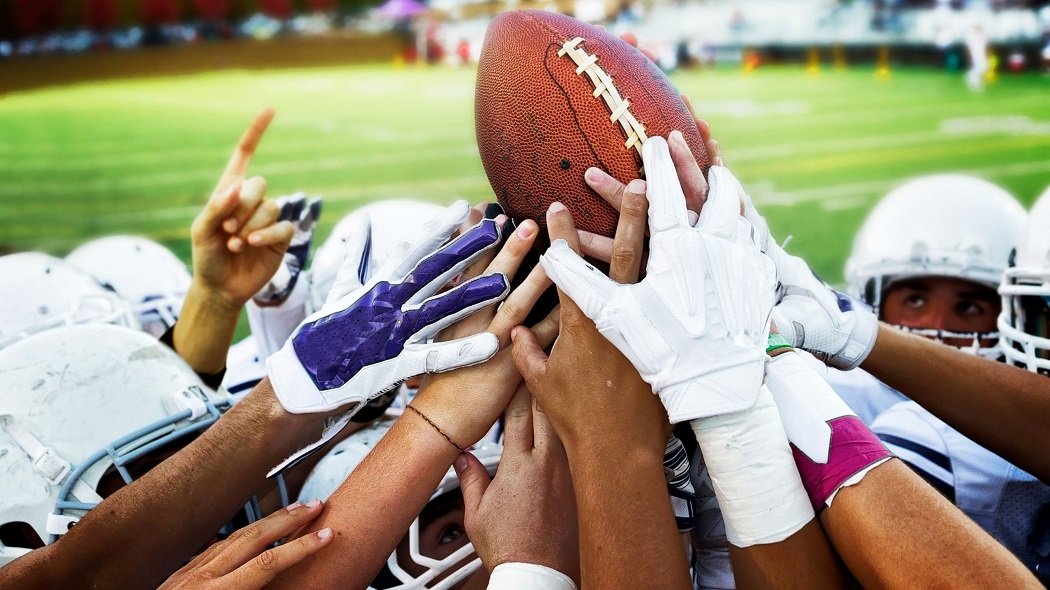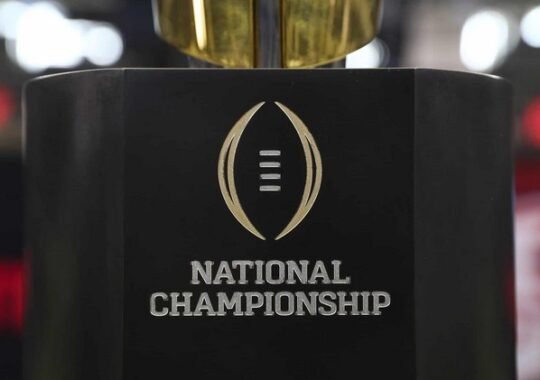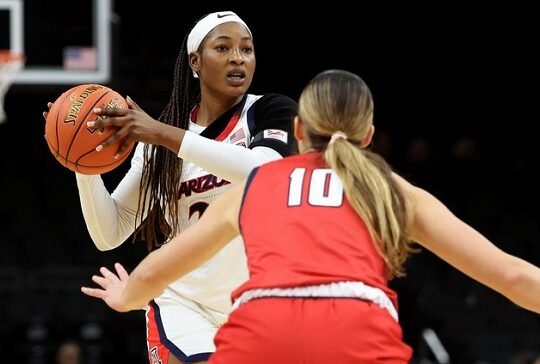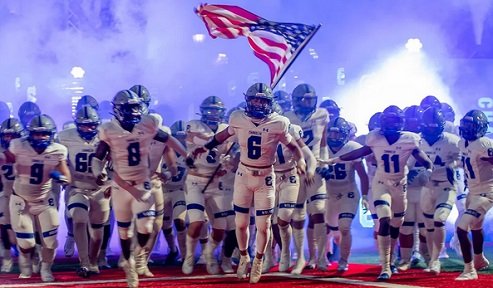Walking onto a college football team is highly challenging, requiring exceptional determination, athleticism, and commitment. Prospective walk-ons must possess strong football skills and athletic ability to compete with scholarship players. Tryouts are highly competitive, and candidates must perform exceptionally well to secure a spot. Maintaining peak physical fitness and meeting the rigorous physical standards of college football are crucial. Walk-ons often face demanding schedules, balancing academics with intense training and practice sessions, demonstrating dedication and a strong work ethic. Roster spots for walk-ons are limited, and they typically start with fewer opportunities to play in games compared to scholarship players, requiring perseverance to earn playing time. Additionally, walk-ons do not receive financial aid for playing football, so they must manage tuition and other expenses independently. Overall, walking on a college football team is a demanding endeavor that requires exceptional talent, dedication, and resilience.
Understanding the Walk-On Experience
Understanding the walk-on experience in college football involves recognizing the significant challenges and demands faced by these athletes. Walk-ons join teams through competitive tryouts, showcasing exceptional football skills and athleticism. They must maintain peak physical fitness and meet rigorous physical standards to compete with scholarship players. Balancing academics with intense training and practice sessions is essential, highlighting their dedication and strong work ethic.
Walk-ons typically have limited initial opportunities to play in games, requiring perseverance and continuous improvement to earn playing time. Financial considerations are also crucial, as walk-ons do not receive athletic scholarships and must independently manage tuition and other expenses. Despite these hurdles, many walk-ons contribute significantly to their teams, driven by passion and determination. Their journey is marked by hard work, resilience, and the pursuit of their dreams in collegiate football, often leading to personal and athletic growth.
What Defines a Walk-On?
A walk-on in college football is a player who joins the team without receiving an athletic scholarship. These athletes gain a spot on the roster through competitive tryouts, showcasing their football skills and athleticism to earn their place. Walk-ons must meet the same rigorous physical and performance standards as scholarship players, balancing intense training and practice sessions with academic responsibilities. Unlike scholarship athletes, walk-ons do not receive financial aid for playing, so they must manage tuition and other expenses independently. Despite starting with limited playing opportunities, walk-ons demonstrate dedication, resilience, and passion for the sport.
- Non-Scholarship: player, also known as a walk-on, is an athlete who joins a college sports team without receiving financial aid specifically for athletics. These players earn their spot through competitive tryouts, demonstrating their skills and athleticism. Walk-ons must meet the same rigorous standards as scholarship athletes, balancing intense training and practice sessions with their academic responsibilities. They manage tuition and other expenses independently since they do not receive athletic scholarships. Despite having fewer initial playing opportunities, walk-ons are driven by dedication, resilience, and passion for their sport, often contributing significantly to their teams over time.
- Open Tryouts: are sessions where athletes who are not recruited or on scholarship can showcase their skills in an attempt to earn a spot on a college sports team. These tryouts are highly competitive and involve rigorous physical and skill-based evaluations conducted by the team’s coaching staff. Participants must demonstrate exceptional talent, fitness, and understanding of the game to stand out. Successful walk-ons who make the team through open tryouts must meet the same performance standards as scholarship players. They balance intense training with academic commitments and manage their own tuition and expenses without the financial support of an athletic scholarship.
- No Guarantees:For walk-ons in college sports, there are no guarantees. Unlike scholarship athletes, walk-ons do not receive financial aid for their athletic participation and must manage tuition and other expenses independently. They earn their roster spot through competitive tryouts, demonstrating their skills and dedication. Walk-ons must meet the same rigorous standards as scholarship players, balancing intense training and academics. Initially, they often have limited playing opportunities and must continuously prove themselves to earn more game time. The walk-on experience is characterized by uncertainty, requiring exceptional resilience, perseverance, and passion for the sport.
Types of Walk-On Athletes:
There are two main types of walk-on athletes in college sports:
- Preferred Walk-Ons: These athletes are invited by the coaching staff to join the team without a scholarship. They often have guaranteed roster spots and may receive some recruiting attention but are not offered financial aid.
- True Walk-Ons: These athletes join the team through open tryouts without prior invitations from the coaching staff. They must earn their spot by showcasing their skills and athleticism during these competitive sessions.
Both types must meet the same rigorous standards as scholarship players and balance intense training with academics while managing their own expenses.
Eligibility and Requirements
Eligibility and requirements for walk-on athletes in college sports include:
Academic Standards: Walk-ons must meet the same academic eligibility requirements as scholarship athletes, maintaining a minimum GPA and progressing towards a degree.
Athletic Skill: They must demonstrate exceptional athletic ability and meet the physical and performance standards of the team.
Compliance with NCAA Rules: Walk-ons must adhere to NCAA eligibility rules, including amateur status and age limits.
Tryouts: True walk-ons typically undergo competitive tryouts, while preferred walk-ons are often invited by the coaching staff.
Commitment: They must balance rigorous training schedules with academic responsibilities and manage their own tuition and expenses.
Academic Standards for Walk-Ons:
Academic standards for walk-on athletes require them to meet the same criteria as scholarship players. This includes maintaining a minimum GPA as defined by the institution and the NCAA, progressing towards a degree, and fulfilling any specific academic requirements set by their college or university. Walk-ons must also adhere to NCAA eligibility rules, which involve completing a certain number of credit hours and meeting academic progress requirements. Maintaining good academic standing is essential, as it ensures continued eligibility to participate in sports while balancing the demands of rigorous training and competition with academic responsibilities.
Steps for Registration:
Steps for registration as a walk-on athlete typically include:
- Research and Contact: Learn about the team and its requirements. Contact the coaching staff to express interest and inquire about tryout details.
- Prepare: Get in shape and practice relevant skills. Ensure you meet academic and physical eligibility standards.
- Tryouts: Participate in open tryouts or individual assessments, demonstrating your skills and athletic ability.
- Submit Documentation: Provide necessary paperwork, including academic transcripts, medical records, and proof of amateur status.
- Adhere to NCAA Rules: Comply with NCAA eligibility requirements and complete any required forms or registrations.
- Follow Up: Stay in touch with coaches and maintain your performance to secure a spot on the team.
Preparation for Walk-On Tryouts:
Preparation for walk-on tryouts involves several key steps:
Physical Fitness: Achieve peak physical condition through strength training, conditioning, and sport-specific drills to meet the team’s standards.
Skill Development: Sharpen your technical skills and game knowledge relevant to the sport to perform effectively during evaluations.
Research: Understand the team’s style of play, coaching preferences, and key drills used in tryouts.
Health Check: Ensure you have a clean bill of health by undergoing a physical examination and addressing any injuries or conditions.
Academic Preparation: Maintain strong academic performance to meet eligibility requirements.
Mental Preparation: Develop a positive mindset, focus on confidence, and practice stress management techniques to perform under pressure.
Making a Lasting Impression:
Making a lasting impression during college football tryouts involves showcasing your skills and athleticism clearly and consistently. Stand out by demonstrating unique strengths or abilities and arriving well-prepared with the right gear and knowledge of common drills. Maintain a positive attitude, enthusiasm, and strong work ethic, showing that you are motivated and coachable. Display effective teamwork and communication during drills, and exhibit professionalism and respect towards coaches and peers. Balancing exceptional performance with a strong, positive demeanor helps set you apart and increases your chances of earning a spot on the team.
Challenges and Considerations:
The walk-on experience in college football presents several challenges and considerations:
- Competitive Nature: Walk-ons face intense competition from scholarship players and other walk-ons, requiring exceptional performance and perseverance to stand out.
- Limited Opportunities: They often start with fewer playing opportunities and must continuously prove themselves through practice and game performance to earn more time on the field.
- Financial Burden: Walk-ons do not receive athletic scholarships, so they must manage tuition and other expenses independently, which can be a significant financial strain.
- Balancing Commitments: Managing the demanding schedule of intense training, practices, and academic responsibilities requires excellent time management and dedication.
- High Expectations: Walk-ons must meet the same rigorous physical and performance standards as scholarship athletes, often with less margin for error.
- Emotional Resilience: The journey can be mentally challenging, requiring resilience and a strong mindset to handle setbacks and maintain motivation.
These factors highlight the demanding nature of the walk-on experience and the dedication required to succee





